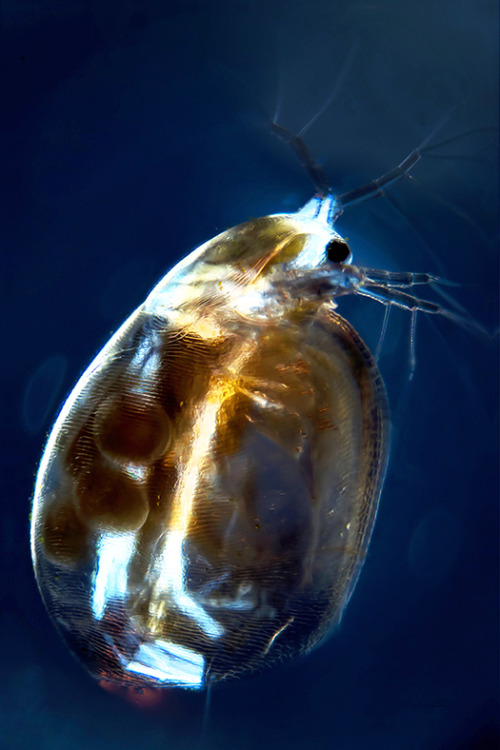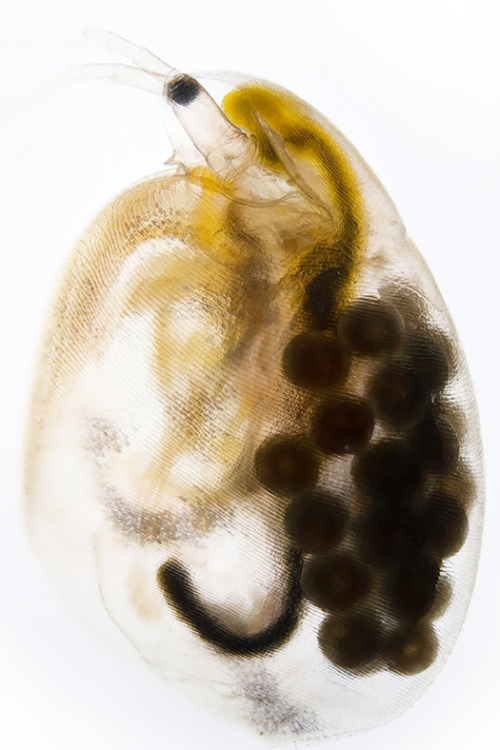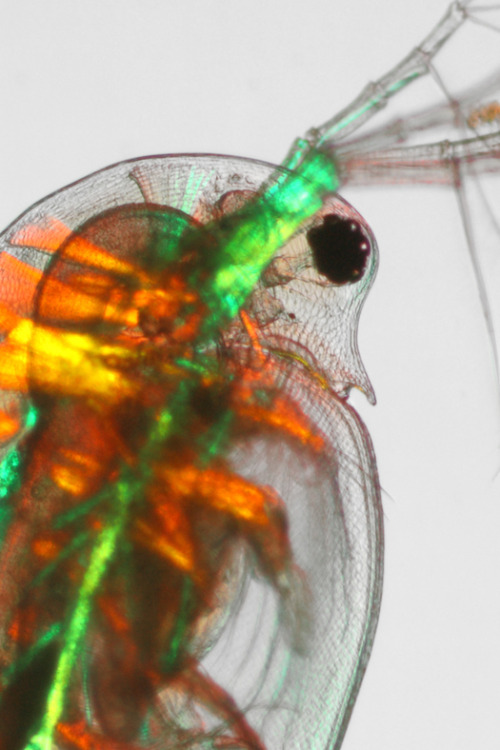The Magic Of The Amazon: A River That Flows Invisibly All Around Us
The magic of the Amazon: A river that flows invisibly all around us
https://www.ted.com/talks/antonio_donato_nobre_the_magic_of_the_amazon_a_river_that_flows_invisibly_all_around_us/transcript?language=en
More Posts from Ritasakano and Others

Qual cor Cor rosa Rosa cor Tem
Solar System: 5 Things to Know This Week
Our solar system is huge, so let us break it down for you. Here are 5 things to know this week:
1. It’s Lunacy, Whether by Day or Night

What’s Up in the night sky during November? See all the phases of the moon by day and by night, and learn how to look for the Apollo landing sites. Just after sunset on November 13 and 14, look near the setting sun in the western sky to see the moon as a slender crescent. For more, catch the latest edition of the monthly “What’s Up” Tumblr breakdown.
2. Answer to Longstanding Mars Mystery is Blowin’ in the Wind

What transformed Mars from a warm and wet environment, one that might have supported surface life, to the cold, arid planet it is today? Data from our Mars Atmosphere and Volatile Evolution (MAVEN) mission pins much of the blame on the sun. Streams of charged solar particles crash against the Martian atmosphere, and without much of a magnetic field there to deflect the onslaught, over time the solar wind has stripped the air away.
3. Orbital Maneuvers in the Dark

The New Horizons mission team has set a new record. They recently performed the last in a series of trajectory changes that set the spacecraft on a course for an encounter with a Kuiper Belt object in January 2019. The Kuiper Belt consists of small bodies that orbit the sun a billion miles or more beyond Pluto. These latest course maneuvers were the most distant trajectory corrections ever performed by any spacecraft.
4. Visit Venus (But Not Really — You’d Fry)

Mars isn’t the only available destination. You can visit all the planets, moons and small worlds of the solar system anytime, right from your computer or handheld device. Just peruse our planets page, where you’ll find everything from basic facts about each body to the latest pictures and discoveries. Visit Venus HERE.
5. Titan Then and Now

Nov. 12 marks the 35th anniversary of Voyager 1’s Saturn flyby in 1980. Voyager saw Saturn’s enshrouded, planet-sized moon Titan as a featureless ball. In recent years, the Cassini mission haas revealed Titan in detail as a complex world. The spacecraft has peered beneath its clouds, and even delivered a probe to its encounter, which will include infrared scans, as well as using visible light cameras to look for methane clouds in the atmosphere.
Make sure to follow us on Tumblr for your regular dose of space: http://nasa.tumblr.com

Meu canto
Ransomware
Entenda o que é ransomware: o malware que sequestra computadores http://www.tecmundo.com.br/seguranca-de-dados/116360-especialista-explica-crescimento-ransomware-brasil.htm



A salty situation.
Zooplankton may be the smallest species in the freshwater food chain, but they play a big role in preserving our lakes, streams and wetlands. That’s one of the reasons why IBM joined forces with the Rensselaer Polytechnic Institute and The FUND for Lake George to create the Jefferson Project at Lake George to understand and protect freshwater ecosystems. Recently they studied the effects road salt has on a species of zooplankton. Road salt usage has increased 50-fold since 1940, and bodies of freshwater are increasing in salinity because of it. Using IBM technology, the researchers monitored zooplankton in varying levels of salinity and found that the organisms were capable of evolving a higher tolerance to the salt. This is good news for the ecosystem since the loss of plankton could have cascading effects throughout the food chain. See, small can be mighty too.
Explore the study’s results →


The maiko Ichimari with the sakkou hairstyle and a focus on her own designed kanzashi made with turtle for hapiness and a crane and some pines for longevity! (Source1, Source2)

What’s your job? Tell us in Japanese!
Our PDF lessons are a great way to help you master survival Japanese. Why not give them a try for free? https://www.japanesepod101.com/?src=social_occupation_words_092818
-
 ritasakano reblogged this · 9 years ago
ritasakano reblogged this · 9 years ago


